Perfect Cover
After the Geneva Agreement in 1954, the country was temporarily divided into two regions. The Southern government intensified repression, search, arrest, and terror. Revolutionary forces in Saigon - Gia Dinh operated in extremely difficult and dangerous conditions. It was in this context that the Saigon - Gia Dinh Party Committee directed the construction of a secret revolutionary base system right in the heart of the enemy, creating "silent fortresses" in the middle of the bustling city.
According to Colonel Nguyen Thanh Trung, Political Commissar of the Ho Chi Minh City Command, the Tan Dinh area was chosen at that time because of its strategic location: the center of Saigon - Gia Dinh, near major roads... convenient for maneuvering, observation, and easy integration into daily life. The people here are mostly laborers, patriotic, and have participated in the resistance war against the French, so they are very supportive of the revolution.
House 113A Dang Dung was built in 1946, under the direction of People's Armed Forces Hero Tran Van Lai (alias Nam Lai, Mai Hong Que, Nam U.SOM), a commander of the Saigon - Gia Dinh Special Forces. Legally, the house is owned by Mr. Do Mien and Mrs. Nguyen Thi Su, creating a legal and perfect family cover. For convenience, the restaurant "Do Phu Broken Rice" was born. Opposite the restaurant is the engineering quarters of Korean soldiers, allies of the US and the Republic of Vietnam.
Understanding the psychology, Mr. and Mrs. Do Mien added kimchi to the menu, both to please customers and to rationalize the bustling scene of people coming and going. The affectionate name "Dai Han Broken Rice" also appeared naturally, becoming a living shell, feeding itself and blinding all suspicions.
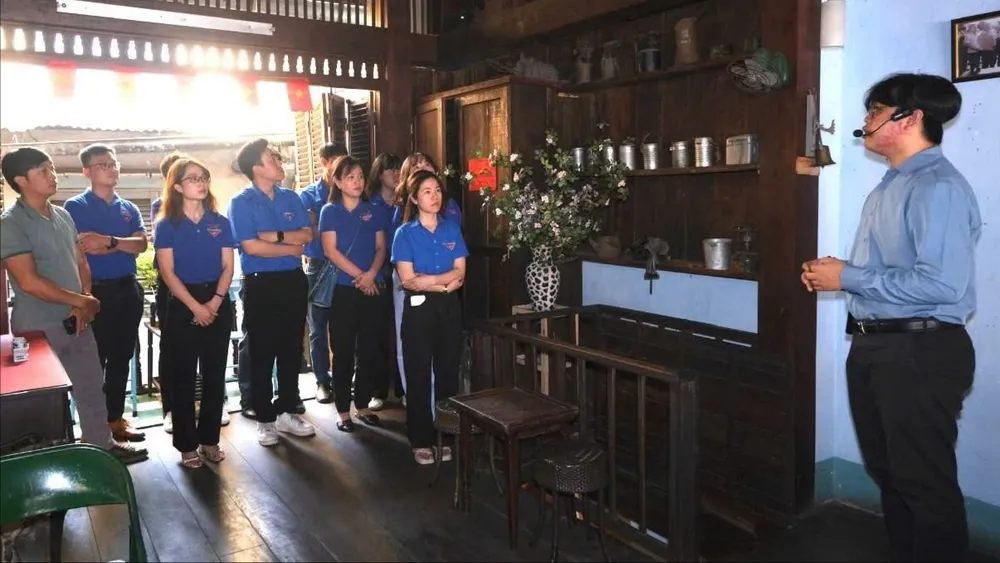
Unlike the giant weapons bunkers (like the one at 287/70 Nguyen Dinh Chieu, Ban Co ward), the facility at 113A Dang Dung has a special function: a liaison station - an information processing center. In that small house, secrets are hidden with surprising sophistication. On the 2nd floor there is a floating bunker - a wall mailbox, only about 20cm wide, cleverly hidden under the wooden floor.
Letters and documents were placed in iron cans and lowered down with a small string. This method helped the exchange take place quickly and discreetly. Also here, right at the bottom of the wardrobe, was an escape hatch, leading to other routes... In case of trouble, the liaison officer from inside the house could escape in a few minutes.
Mr. Do Tan Cuong, the third son of Mr. and Mrs. Do Mien, recalled: Back then, the restaurant was a place where liaison officers met, exchanged letters, and held meetings. My house was located between two enemy nests, on one side was the house of General Ngo Quang Truong (Commander of the 1st Army Corps, Republic of Vietnam), on the other side was the headquarters of the People's Self-Defense Force. But my parents believed in the revolution, the most dangerous place was the safest place. And really, the enemy did not expect that under this roof was a base of the Saigon - Gia Dinh Special Forces.
Living proof of the people's hearts and minds
The story of the house at 113A Dang Dung is not only a memory of a revolutionary base, but also a vivid proof of the people's hearts in the people's war. Surrounded by enemies, without the protection of the people, those "silent fortresses" could not exist. Every resident of Tan Dinh at that time was a "hidden soldier", silently keeping secrets, protecting the people they believed were fighting for independence and freedom.
After the reunification, Mr. and Mrs. Do Mien - Nguyen Thi Su handed over the house to Mr. Tran Van Lai, who directly directed and was attached to the base throughout the years of resistance. Up to now, the house still retains its special details: the wooden cabinet covering the escape tunnel, the wooden stairs leading to the attic, the corner of the wall that used to be a "living mailbox" now discolored by time.
According to Dr. Vo Thi Anh Tuyet (University of Social Sciences and Humanities - Ho Chi Minh National University), to promote the value of relics, it is necessary to combine the preservation of objects and the digitization of documents, 3D scanning of space, and the creation of virtual reality tours (VR/AR). The model of a "living museum" in the form of a historical cafe here is a creative way that needs to be supported and replicated. House No. 113A Dang Dung can absolutely become a highlight in the "Following the footsteps of Saigon Special Forces" tourist route, connecting with relics such as the Special Forces Museum (No. 145 Tran Quang Khai, Tan Dinh Ward), the weapons bunker (No. 287/70 Nguyen Dinh Chieu, Ban Co Ward)...
Associate Professor Dr. Ha Minh Hong (Vice President of the Ho Chi Minh City Historical Science Association) commented: House 113A Dang Dung is a vivid proof of the intelligence, bravery and creativity of the Saigon - Gia Dinh Special Forces. This is the force that was established earliest during the anti-French resistance and also disbanded earliest after the country's reunification, so many bases and soldiers operated alone, without any records or documents left behind. Therefore, the recognition and preservation of these bases is of special significance.
More than half a century has passed, the house at 113A Dang Dung is still there, each brick, each step of the stairs carries within it the story of ordinary people who sacrificed themselves for the Fatherland. The place where the sound of knives and chopping boards, the smoke from the kitchen mixed with the smoke of war, has now become a symbol of resilience and patriotism. Today, amidst the hustle and bustle of life, that "silent fortress" still tells in its own way the story of ordinary people who have done extraordinary things.
Source: https://www.sggp.org.vn/di-san-cua-niem-tin-son-sat-post824952.html








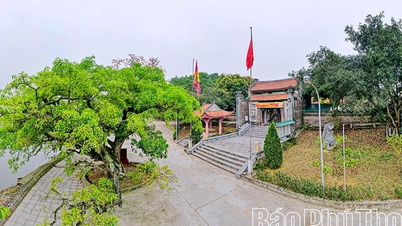





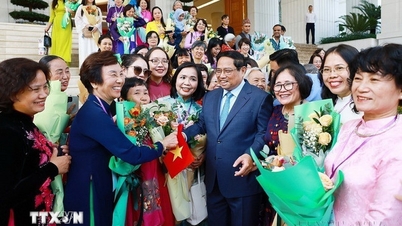



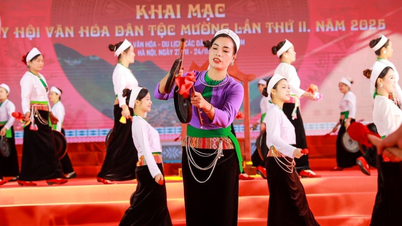

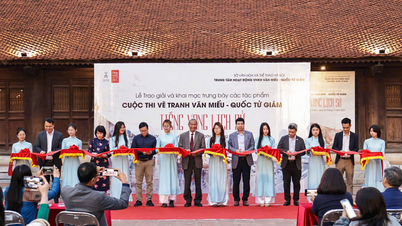
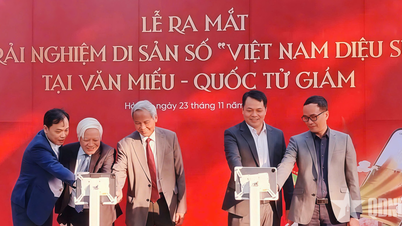


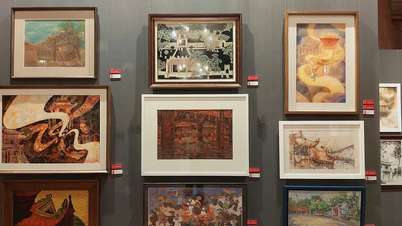
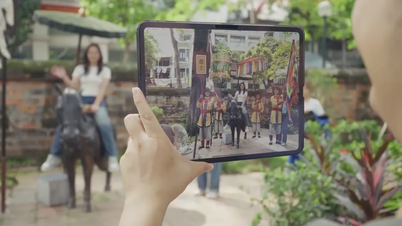




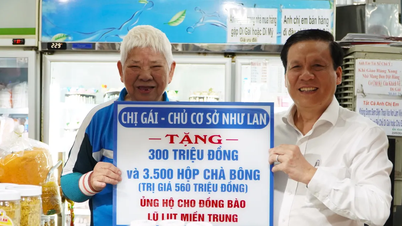

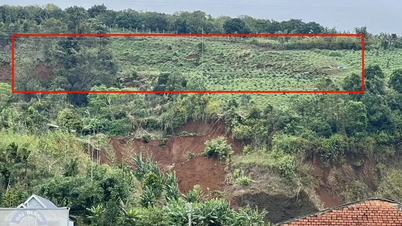
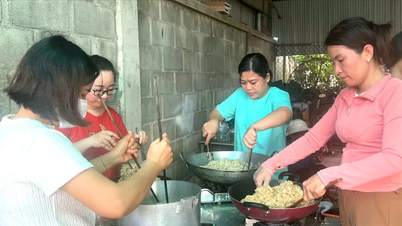


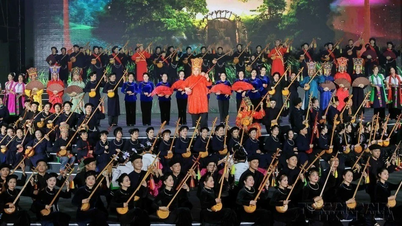

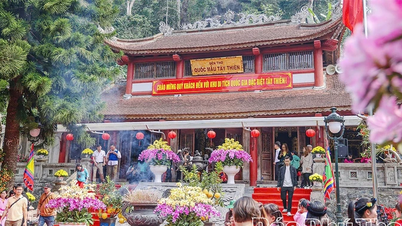


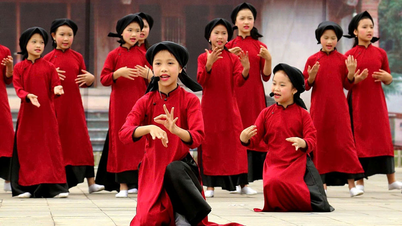
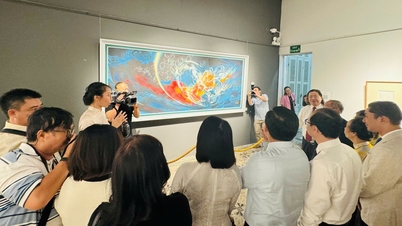

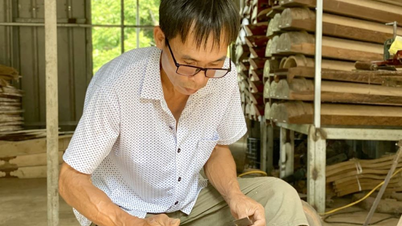

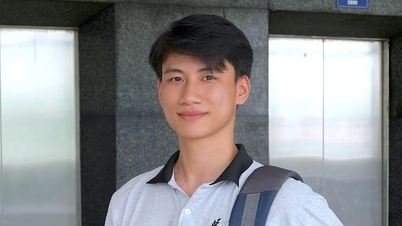

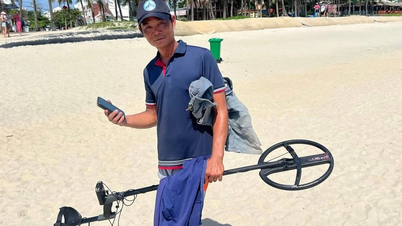



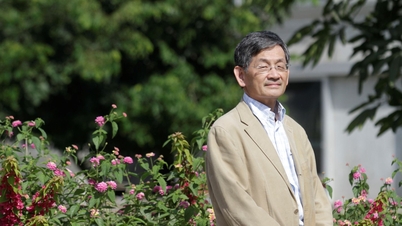



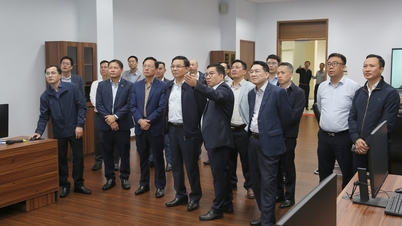











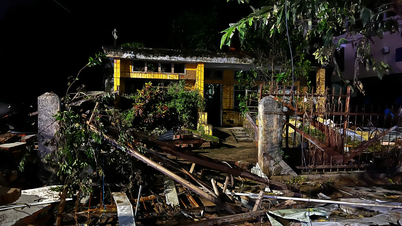



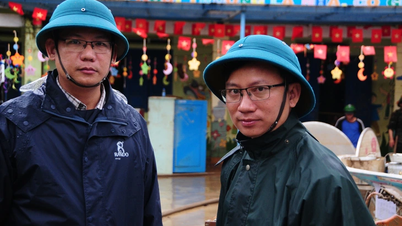


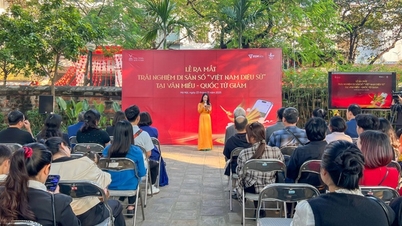



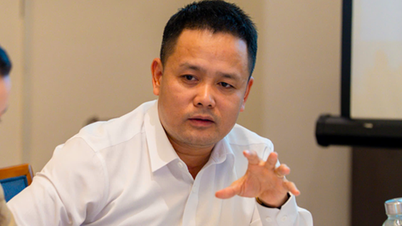

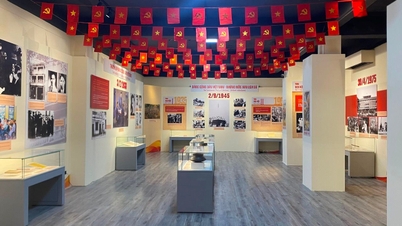






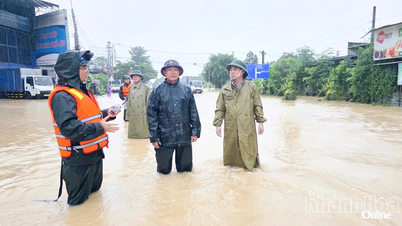















Comment (0)